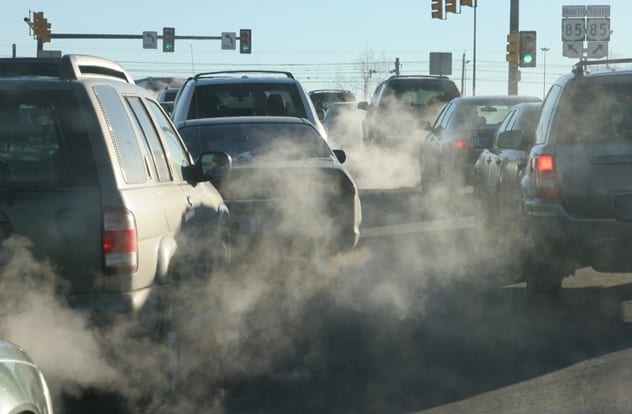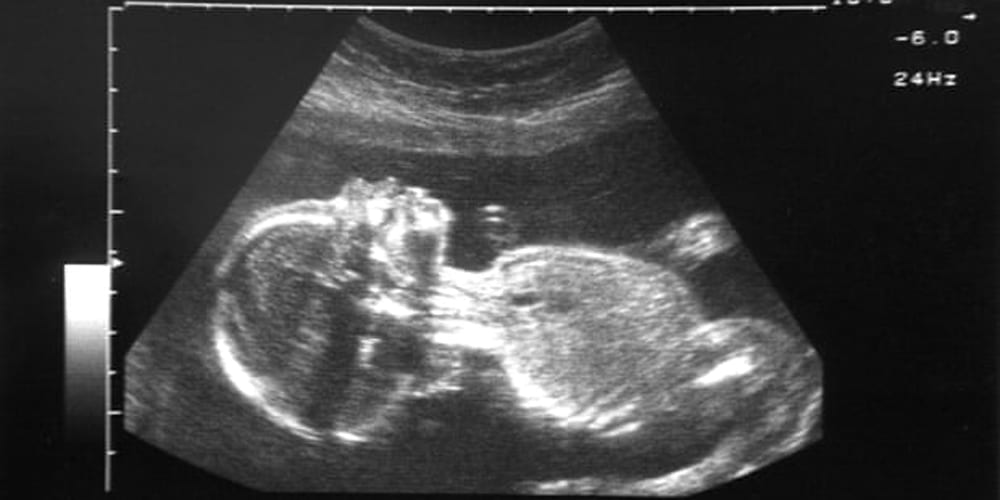A major new study has found that polluted air breathed in by mothers can be passed on to their unborn babies, and is a direct cause of miscarriage and premature birth.
The world-first research shows that black carbon particles produced by traffic and fuel-burning can penetrate the foetal barrier of the placenta.
The findings have prompted a warning to limit exposure to the air around busy roads.

The study was published in the journal Nature Communications and illustrates the devastating consequences that the air in our towns and cities can have on unborn babies.
Direct link to miscarriage
The link between dirty air and higher instances of miscarriage, premature birth and lower birth weight is well established.
However, the new findings indicate that penetration of carbon into the foetal side of the placenta is a direct cause of such outcomes, rather than a symptom of inflammation that air pollution causes in mothers alone, as previously believed.

The study examined 25 non-smoking mothers in the Belgian town of Hasselt.
In each case black carbon particles were found in the foetal side of the placenta.
On average, 20,000 nanoparticles per cubic millimetre were found in the placentas of those who lived near main roads. For those further away, the average was 10,000.
Air pollution: Major health warning
Levels of air pollution are reducing in some countries.
However, 90% of the world’s population live in places where air pollution is above World Health Organization (WHO) guidelines.
Professor Tim Nawrot of Hasselt University, who led the study, told The Guardian, “This is the most vulnerable period of life. All the organ systems are in development. For the protection of future generations, we have to reduce exposure.”
“It is really difficult to give people practical advice, because everyone has to breathe.
“But what people can do is avoid busy roads as much as possible. There can be very high levels next to busy roads, but just a few metres away can be lower.”
Read more:
Air pollution: Why it’s killing us
Risk to fertility from air pollution
How air pollution reduces life expectancy







